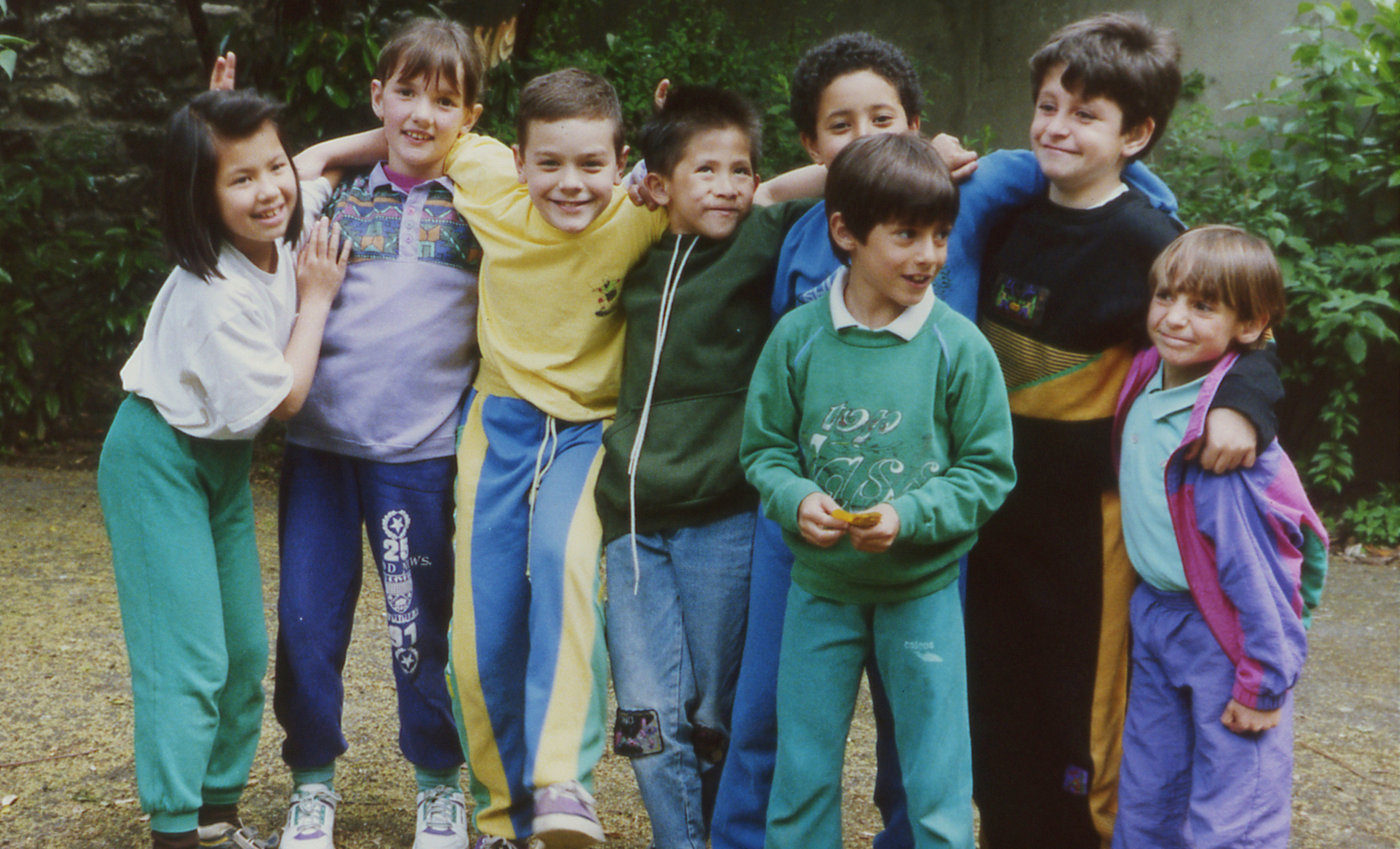Breaking The Silence
Sean O’Neill / L.A. Village View – January 20, 1995
Strange as it may sound, learning to take some things for granted is an essential aspect of growing up. Without the ability to ignore certain stimuli, a person would surely be driven mad by the sensory overload caused by society’s neverending barrage of sounds, sights, and smells. Most people don’t often think about their sensual capabilities, and why should they ? Our senses are taken for granted, like the stars and the streets.
It is a testament, then, to Nicolas Philibert that his documentary In the Land of Deaf will undoubtedly continue to affect many filmgoers long after they exit the theater. This film leaves one with an added appreciation for the ways in which most of us have only glimpsed in passing : that of people whose lives are conducted in silence.
To say that In the Land of Deaf is fascinating does not do it justice. For not only does the film shatter a number of preconceptions most hearing people harbor about the deaf, it does so without a hint of pity or condescension, and introduces a captivating cast of characters in the process. Chief among these people is sign-language teacher Jean-Claude Poulain, an extraordinarily expressive man whose enthusiasm is infectious. Among the things we learn from Poulain is that, contrary to popular belief, sign language is not international ; learning new languages, however, is easier for the deaf, he explains, and usually takes only a matter of days.
Other revelations await. After opening with a quartet of signers performing a poem in concert, the film unveils more surprises the degree of idiosyncrasy in signed speech ; the fact that signers are rechristened by their peers, their new names usually derived from a physical characteristic (the teacher’s name in sign, for example, translates as « skinny »). Perhaps most striking though is the extent to wich personal reality is shaped by perceptionone young man recalls being sure that he could become a movie actor because he assumed that all actors, were miming anyway, while a woman recalls that as a child, she never saw any deaf adults at her school, leading her to wonder, « Do we all die at 20 ? »
The movie has no real narrative drive : Philibert’s style might be called laissez-faire filmmaking. He has simply photographed the lives of a variety of deaf people and combined the edited results. And yet his decisionmaking is fawless : he shoots almost axclusively from a medium distance, knowing well that seeing these poetic hands in action supersedes the need for closeups, and refains ambient sound throughout, avoiding the obvious gimmick of forcing the audience to share in the silence of his subjects. He has the confidence to be unobtrusive, allowing viewers to marvel at the moments he has collected—the computer game in wich players progress through a maze by correctly pronouncing vowel sounds into a micrphone ; the warmth and support these students show a crying classmate ; the joy on the faces of the revelers at a deaf couple’s wedding. And most of all, he allows the audience to drink in the grace and g-beauty of sign language itself.
The best documentaries are not agitprop but exploration. They do not tell but show, and it would be hard to find a more successful example of the form than the masterful In the Land of Deaf.
